For Tunisians, a bathhouse is a cafe, male only in the morning and female in the afternoon.
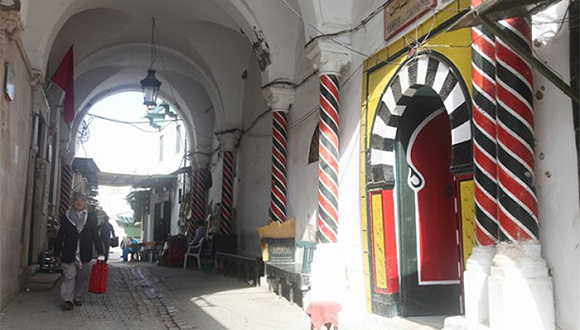
The entrance to the El-Kachachine family's male-only bathhouse
In Tunisia, it is becoming more and more difficult for owners of bathrooms or traditional bathhouses to make a profit. Activists want to maintain this important part of Tunisian culture.
Rawa Guenichi, 25, walks into the Zitouni bathhouse in central Tunisia, the capital of the Republic of Tunisia. The black and white stone door told the passers-by that there was a bathroom. You don't even need another logo.
In the dressing room, two women sat with their eyes closed and towels wrapped in their hair. The walls and arched ceilings were painted white. The wooden slippers are on the blue and green shoe racks. The locals all know that the bathhouse is only open to women, and there is no way for men to come in.
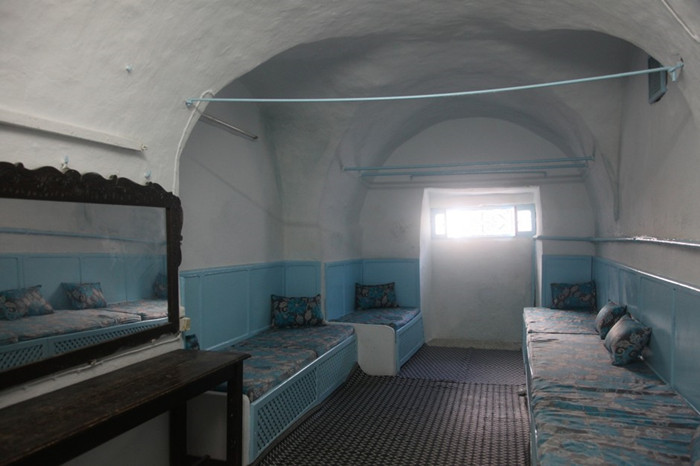
The rest area after the bath, Zitouna Bath House (open to women only)
"here, I can wash away a week of stress and fatigue," explains Guenichi, who works in a laboratory. "I've been in this bathhouse since I was a kid." She lives with her family in an old house not far away, where there is no shower or hot water.
In the past, in cities in Arab countries, every community had a mosque, a school and a bathhouse. According to historians, the more bathhouses there are in the city, the more prestigious it is. One of the oldest bathhouses in Tunisia dates back to the 11th century, but there were public baths here before the Romans occupied Tunisia. Carthage is now a suburb of Tunisia, where you can still see the remains of Anthony's public baths in 165 AD.
Most people choose to go to the bathhouse on weekends, and people go more frequently in cold winter than in summer. People also like to come to the bathhouse on special days such as weddings or Eid al-Fitr after Ramadan.
But in recent decades, as more and more families have hot showers, fewer and fewer people come to the bathhouse. Many bathhouse owners complain that they can hardly make money now, especially since the reform in 2011, which has seen water, gas and electricity bills go up a lot.
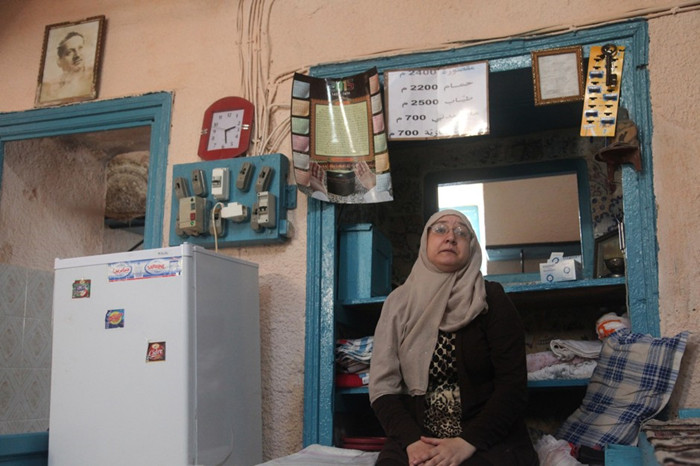
Souad Sfar of the bathhouse. The bathhouse is open to men in the morning and to women in the afternoon. Her mother used to be the boss here. The picture on the left shows her grandfather, who bought the bathhouse about a hundred years ago.
In 1843, there were 50 bathhouses in central Tunisia, but only half of them are still open, says architect Ahmed Zaouche. His Association Actions Citoyennes en M é dina organization wants to protect the cultural heritage of this ancient city. Zaouche worries that if nothing is changed, the bathhouses will disappear over the next few decades. Some bathhouses have been abandoned, while others have been torn down to build other new buildings.
"Medina, the old city of Tunisia, has been listed as a UNESCO World Heritage site since 1979, but the local government has no corresponding protection measures," he said.
Abdelaziz Mlika worked as a scrub and masseuse at the El-Kachachine Bath House for 55 years, a bathhouse hidden in an alley in the old town of Medina, open only to men. He also noticed the decline of the bathhouse. "I used to make a lot of money," he recalls. "people used to come here from every corner of the city." The admission fee for most bathhouses in the city center is around 2.5 Tunisian dinars (US $1.20), plus 2.5 Tunis dinars for massage and rubbing services. The more money you collect, it means fewer and fewer customers.
On the other side of downtown Medina, Amina Khmiri wears a long white headscarf. She was about to leave the Saheb Ettabaa bathhouse. In view of the early 19th century, the bathhouse was next to a mosque and a downtown.
Khmiri said she came here not only to take a bath, but also to chat with her neighbors. Women of her age (she is 70) and those from more conservative circles do not go to cafes or restaurants, so bathhouses also play a socially important role. A bathhouse used to be an ideal place to find a wife for your sons, but now more people are looking for their partner in Facebook.
Zaouche's organization tries to help bathhouse owners earn extra income through a variety of activities, such as organizing concerts, lunches and sightseeing tours. Recently, the organization invited 19 Tunisian and European photographers to take pictures of the bathhouses for exhibition.

Amina Khmiri was about to leave the Saheb Ettabaa bathhouse.
"We want to improve the image of the bathhouse," he said. "now only the poor and the middle class come to the bathhouse. Upper-class people prefer to go to five-star hotels to enjoy expensive spas. " Foreign tourists seldom come. The tourism industry has been hit hard, especially since the terrorist attacks in the city of Soos last summer. "I hope they will come to the bathhouse here, just like they did in Istanbul. But we all know that we have to make some renovations and other improvements first. "
In the Zitouni bathhouse, Rawa Guenichi is drying his hair and paying his boss at the counter. She is getting married next year and hopes to spend a day here with her friends and relatives before the wedding ceremony. They can sing, eat and perform traditional cleaning rituals.
When she gets married, she will live in a house with a hot shower. "but I still come to the bathhouse every week," she said. "because I can see my friends here, at least I can wash clean here."
Source: Citylab
Original title: Can the Ancient Bathhouses of Tunis Survive?
Important Notice :
前街咖啡 FrontStreet Coffee has moved to new addredd:
FrontStreet Coffee Address: 315,Donghua East Road,GuangZhou
Tel:020 38364473
- Prev
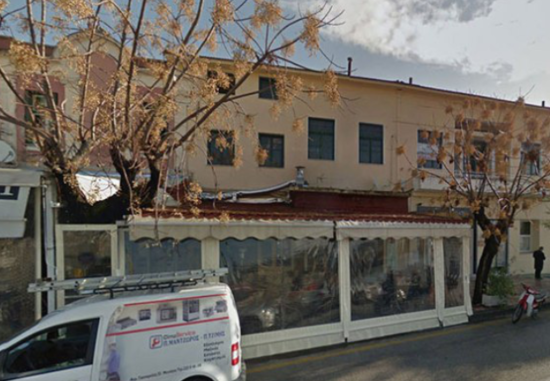
He had no intention of walking into a coffee shop late at night, but he saw the warmest scene and felt the warm love in the world.
On the Greek island of Mytilene in the Aegean Sea, there is a coffee shop called Hott Spott, which is no ordinary coffee shop because it contains the most moving scene. Every night after the coffee shop in Hott Spott closes, it becomes the warmest hotel, allowing small animals suffering from the cold outside to come in to keep warm. The photo above is made by 46
- Next
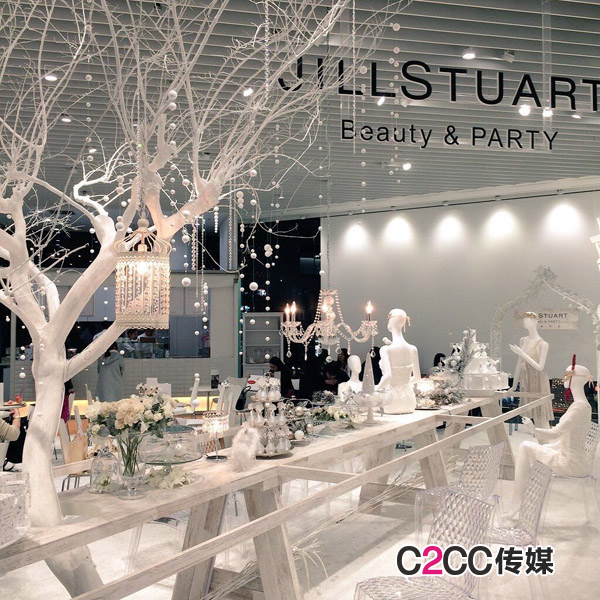
When cosmetics companies open cafes one after another, there is a perfect combination of fashion and coffee.
Laduree, one of the three major brands of Japanese girl cosmetics, started as a dessert maker. On November 20, 2015, JILL STUART opened a limited-time Cafe at Toji PLAZA in Harajuku. Like the girl packaging of JILL STUART cosmetics, the fantasy silver store furnishings are so popular with women that even desserts make people want to be cute when they see them.
Related
- What brand of black coffee is the most authentic and delicious? what are the characteristics of the flavor of the authentic Rose Summer Black Coffee?
- Introduction to the principle and characteristics of the correct use of mocha pot A detailed course of mocha pot brewing coffee is described in five steps.
- Which is better, decaf or regular coffee? how is decaf made?
- How much is a bag of four cat coffee?
- How about four Cat Coffee or Nestle Coffee? why is it a cheap scam?
- Which is better, Yunnan four Cats Coffee or Nestle Coffee? How about cat coffee? is it a fake scam? why is it so cheap?
- How about Cat Coffee? what grade is a hoax? which instant coffee tastes better, four Cat Coffee, Nestle Coffee or G7 coffee?
- Process flow chart of coffee making-Starbucks coffee making process what coffee tastes good at Starbucks
- The top ten best coffee beans in the world Rose summer coffee or Tanzanian coffee tastes good
- Yunnan four cat coffee is good to drink?_four cat coffee is a big brand? four cat blue mountain coffee is fake?

